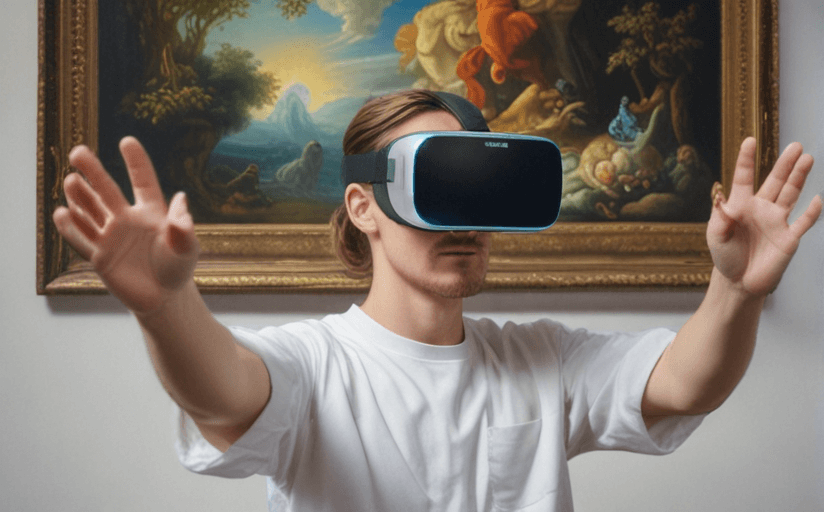Influence of Virtual Reality on Modern Art and Cultural Experiences
With the influx of advancements in technology, our lives have seen an unprecedented transformation. Residing at the forefront of this digital revolution is Virtual Reality (VR), a technology that has brought staggering changes in various facets of our contemporary life - notably, the sphere of Modern Art and Cultural Experiences.
Transformation in the Interpretation and Interaction of Modern Art
Virtual Reality has truly revolutionized the way we understand and interact with modern art. By offering immersive experiences, VR allows us to explore artwork in three dimensions, giving us a deeper and more holistic understanding of the piece.
Art sculptures that were once static can now be examined from all angles, in a virtual world. Art galleries and museums also leverage VR technology to allow patrons to virtually walk through the premises and closely inspect the exhibits. This has certainly added depth to our art consumption.
Creation of Modern Art through VR
The advent of Virtual Reality has not only altered our interaction with art, but it has also introduced innovative ways to create art.
VR art installations are becoming increasingly popular, providing artists with a new canvas that transcends physical boundaries. Artists can now create designs in a three-dimensional space, opening up a world of possibilities and pushing the boundaries of creativity to new heights.
Introduction of Nuances in Cultural Experiences
Furthermore, VR has offered new dimensions to our cultural experiences. Virtual tours of historically significant sites and remote landmarks are becoming increasingly popular, bringing the rich tapestry of global cultures right to our living rooms.
With virtual replications of festivals and cultural celebrations, VR ensures we never miss experiencing different cultural events.
Does Technology Improved or Dilutes the Authenticity?
The integration of technology with art and culture undeniably enhances our experiences by making them more accessible and immersive. However, a pertinent question arises - Are we losing the essence of authenticity amidst this digital revolution?
While studying a digital replication of any cultural artifact or painting delivers convenience, it may not completely capture the nuances of its physical counterpart. The tactility of a sculpture, the minutiae of a painting, or the personal connection one might form while physically visiting a cultural site are experiences that VR might fail to recreate.
Hence, the response to whether the authenticity is improved or diluted hinges more on individual perspectives and preferences.
Future Prospects of VR in Art and Culture
Even though VR raises some questions about authenticity, the future of VR in art and culture looks promising and intriguing. With the speed of technological innovation, it is probable that VR experiences will become more refined and fulfilling.
It offers infinite possibilities for artists and cultural enthusiasts. In the future, we could see more sophisticated VR galleries, virtual art creation platforms, and even more immersive cultural experiences.
In conclusion, Virtual Reality is undoubtedly instigating a significant transformation in the realm of modern art and cultural experiences. Despite the lingering question of authenticity, the enhancements to accessibility and interactivity brought about by VR offer an exciting change in these fields.



















Comments
Leave a Comment